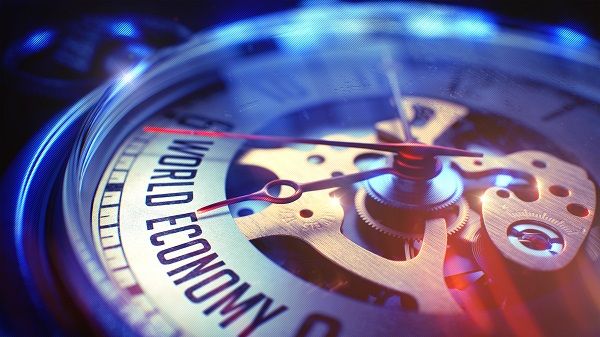Every Action Has a Consequence
Posted onUnprecedented times lead to extraordinary measures.

The COVID-19 pandemic continues to wreak havoc upon the U.S. economy, the stock market and even the integrity of the financial system itself as lending freezes up.
The Fed is attacking this crisis in full force.
While the Fed’s actions may be necessary, they will have consequences. Let us explain.
The Federal Reserve stepped in on Monday with new quantitative easing (QE) measures, like those seen during the 2008-2009 global financial crisis.
Quantitative easing in plain English means the Fed buying securities – like mortgage backed securities. In the 2008 crisis, the Fed would state a specific amount – like $300 billion.
What’s different now?
This is open-ended quantitative easing. No dollar amount. As much as it takes.
“The central bank is shifting from being not just the lender of last resort, but now it is the buyer of last resort. Don’t ask how much they will buy, this is truly QE infinity,” Chris Rupkey, managing director and chief financial economist at MUFG, wrote in a research note to clients.
In an enlightening interview on 60 Minutes on CBS on Sunday evening, Neel Kashkari, the chief of the Minneapolis Fed, explained: the Fed is flooding the system with money and there is no end to their ability to do that.
Kashkari is the former U.S. Treasury official who ran the $700 billion government response to the 2008 financial crisis.
Here’s what else Kashkari said, paraphrased.
60 Minutes: Will the Federal Reserve ensure that banks have all the cash they need to satisfy whatever withdrawals may be coming?
Kashkari: Yes, we call it lender of last resort. This is why central banks exist. If everybody gets scared at the same time, and they demand their money back, that’s why the Federal Reserve is here to make sure there is liquidity and money to meet those demands. We will absolutely meet those demands.
60 Minutes: Is the Fed just going to print money?
Kashkari: That’s literally what Congress has told us to do. That is the authority they have given us. To print money and provide liquidity into the financial system, and that’s how we do it. We create it electronically and then we can also print it with Treasury department so you can get money out of your ATM.
The Action: These unprecedented actions could help prevent a Depression. Maybe.
The Consequence: The unlimited money printing will devalue the dollar. It’s Economics 101. More supply of anything decreases its value.
Never before has diversification in tangible assets been more important to protect and preserve your wealth. Gold is a limited resource and its value can’t be altered by government printing presses. Do you own enough gold and silver?
Watch the 60 Minutes Video Clip here.
Subscribe to our newsletter! Get our tales from the vault, our favorite stories from around the world and the latest tangible assets news delivered to your inbox weekly.







